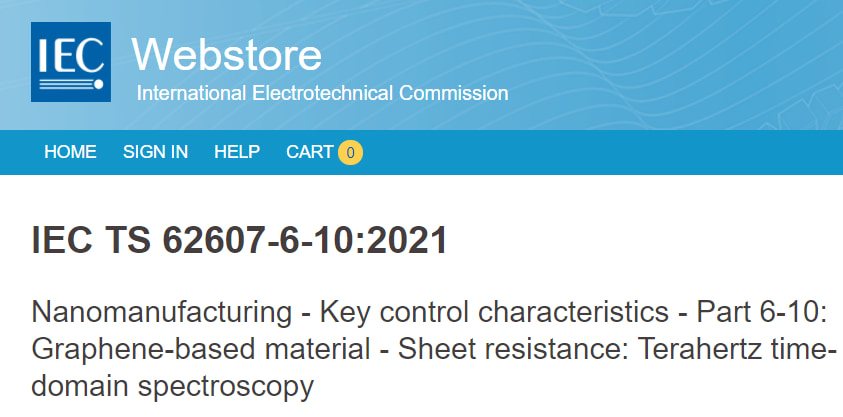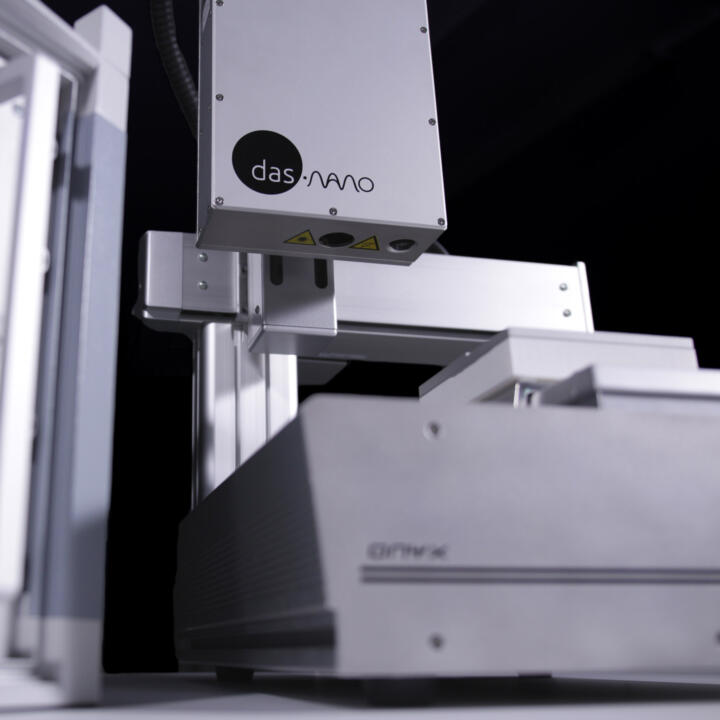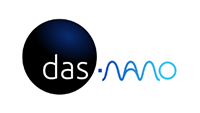The challenge: how to measure wafers for use in microelectronics fabrication faster, more reliably and without contact
IHP needed fast and reliable non-contact measurement of electrical conductivity and other electrical properties of wafers of advanced materials for use in the manufacture of microelectronics products.
Reliable methods today are either with contact or too slow. Those that are very accurate are too slow to measure large areas, and those that rapidly measure large areas are inaccurate.

Semiconductor wafers
The das-Nano solution: Patented technology for non-destructive wafer measurement process
das-Nano’s product Onyx was the perfect solution to IHP’s problem. Onyx is the first system in the market designed to provide non-destructive and non-contact full-area characterization of graphene, thin films and other 2D materials.
Onyx, a patented system based on terahertz spectroscopy, bridges the gap between macro-and nanoscale tools by characterizing from 0.5 mm² to large areas (m² ), enhancing the industrialization of research materials. This technology is harmless, requires no sample preparation and allows measuring the spatial distribution of sample quality. Spatial resolution in the order of a few hundred microns allows rapid characterization of large sample areas instead of microscopic methods

In a single measurement, the system is able to provide the following physical properties:
- Electrical conductivity
- Electrical resistivity
- Charge carrier mobility
- Charge carrier density
- Refractive index
- Substrate thickness

Onyx complies with the IEC TS 62607-6-10:2021 technical specification. IEC TS 62607-6-10:2021 deals with the measurement of the sheet resistance of graphene-based materials using terahertz time-domain spectroscopy.
The results: fast and reliable wafer quality control with no material damage
As a result, Onyx offers a nondestructive, contactless, fast and more reliable quality control process for wafers of advanced nanomaterials to be integrated into microelectronic components. Being non-destructive, each part can be analyzed individually, more reliably and efficiently. By mapping the entire wafer area rather than individual points, it allows defective parts to be identified at the earliest stage of the production process.










